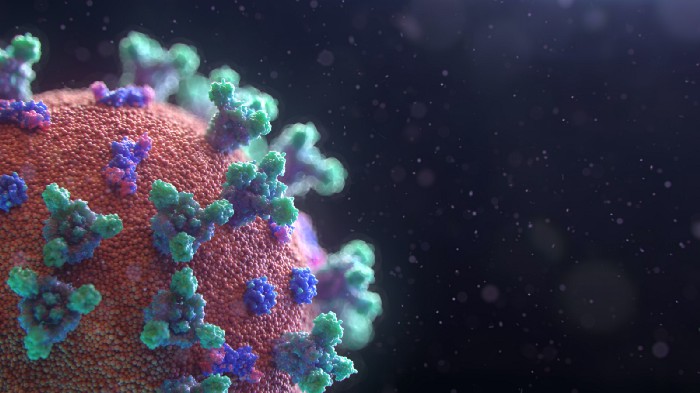With the boredom of social isolation, ever-improving weather, and the absence of play, baseball athletes and their families are more excited than ever to get back out there on the diamond. I too must confess; I am very excited to have my son return to Little League!
I have been performing Tommy John surgery for 20 years and over the past few weeks, I have found myself asking the question — Will the return to baseball following coronavirus be associated with a surge of Tommy John injuries?
Answer — Possibly Yes. Here’s why…
Year after year I have observed a consistent spike in Tommy John surgeries in the spring compared to other months/seasons. The reasons behind the spikes are related to some combination of the sudden start of play, rapid competition intensity, lack of early season physical conditioning, lower preparation coming from offseason, not yet fully optimized throwing mechanics, and playing with elbow pain. Many players after the long offseason waiting period, are unwilling to disclose elbow pain or acknowledge their lack of preparation fearing they will be shut down right away.
The coronavirus pandemic may greatly compound and exaggerate the risk factors associated with the spring Tommy John surgery spike. The enthusiasm to get back to baseball right now is simply enormous. Players and their families have been understandably craving baseball for months at this point and are growing impatient. In addition, athletes are pressured to showcase their talent for a starting position or to provoke interest from college or professional scouts. That translates to maximum effort throwing. But the current conditioning of players is likely suboptimal as they have not been able to work out in a standard & diligent fashion during the lockdown. In addition, some players are still working on optimizing their throwing mechanics and were unable to correct flaws often observed in early spring. The density of throwing may be increased in a scenario where games are scheduled with higher frequency forcing players to face compromised rest periods. Even worse, some players will be returning from a prior elbow injury and will be vulnerable to re-injury.
The compounding nature of COVID on all the springtime related risks above may well be enough to predict a spike in UCL injury and Tommy John surgery when baseball resumes.

What can be done?
First, we must prepare NOW instead of reacting later. We must recognize and accept the potential problem and try to educate players, families, and coaches now. During this time of social isolation players should continue and if not already, initiate, a strengthening and endurance program for their shoulder, elbow, and also their core & leg/base muscles. This may be accomplished with video interaction with strength coaches and baseball coaches.
Players should plot out on a calendar, a throwing program that serves as a preparation for a season. This may require some improvisation during social isolation compared to their standard team approach to throwing. Some creative options are throwing with family members who they typically wouldn’t throw with, or throwing against a wall or even a home built backstop. (Mom and Dad, please do your shoulder exercises also!). Progressive throwing and building up arm strength while exposing the body to incremental stress can greatly reduce injury when baseball resumes.
The high-intensity competitive environment in the near future stacked with showcases and tournaments will require adequate rest periods between throwing. Parents and coaches should approach the early return to play following COVID with a mindset of staying healthy, enjoying play, and NOT a win-at-all-cost mentality.
Development of soreness in any part of a player’s body including legs, trunk, shoulder, and elbow should be considered as a possible first indicator of an overuse injury that could lead to more stress on the UCL. For example, knee tendinitis can alter mechanics and increase stress on the UCL.

Most importantly, recognizing elbow pain and injury symptoms should be taken very seriously. Athletes may feel compelled or motivated to continue playing through pain or soreness without disclosing such symptoms to a coach or parent. They simply don’t want to be shut down after such a long time waiting to play, and they may fear losing options to showcase their talents & further their career.
Playing through pain may be one of the biggest indicators of impending UCL injury. Parents and coaches should educate prior and during the season and develop relationships with their athletes to enhance honest communication. Also important is to look for signs of elbow soreness, such as suddenly taking NSAIDS, icing more than usual, holding the elbow during the game or after, self-massaging, and stretching their elbow more than usual.
Parents and players often feel that taking a slow progressive approach is frustrating. I often use a car analogy to create an image for patients and families. Going fast with a return to baseball is like tail-gaiting the car in front of you at high speed. You simply don’t have time to respond when driving 76 mph with 2 feet separating you and the car ahead. A high-speed crash can ruin your career. This is especially true in bad conditions such as night time, rain, winding slippery roads, etc. If we slow down, we dramatically improve safety. When conditions allow, we speed up and avoid injury.
In summary, the coronavirus pandemic may very well indirectly cause a spike in Tommy John surgery because of intense enthusiasm, lack of ideal conditioning, poor mechanics, faster than usual ramp up, and avoidance of symptom communication. Everyone who is involved in baseball and is willing to recognize this threat can improve these modifiable risks and
help their players avoid Tommy John surgery.


